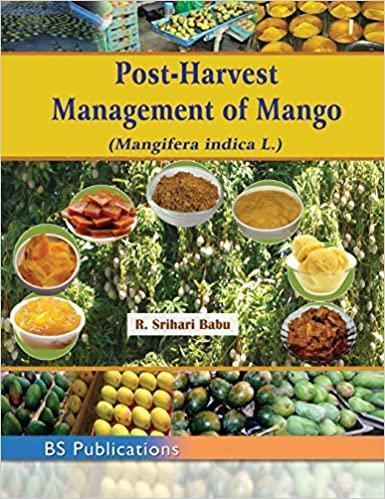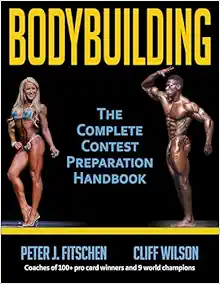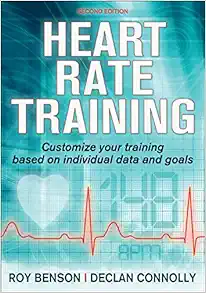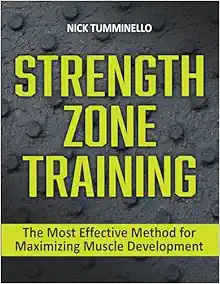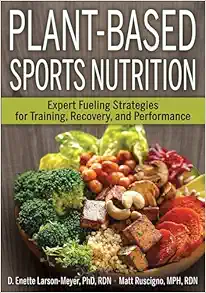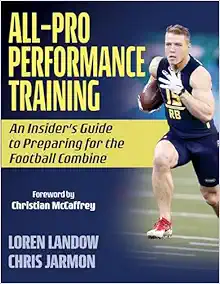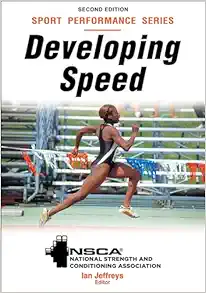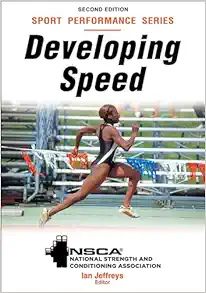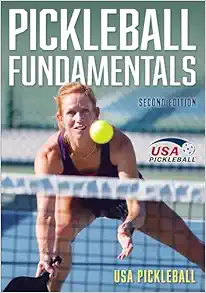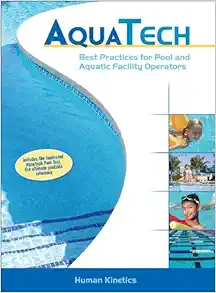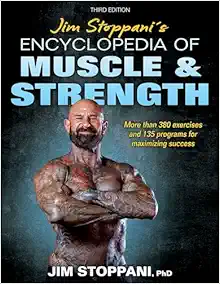Post-Harvest Management of Mango: (Mangifera indica L.) St ed. Edition
24 $
Delivery time: Maximum to 1 hours
Post-Harvest Management of Mango: (Mangifera indica L.) St ed. Edition
The book consists of 14 chapters. The first chapter Introduction introduces the crop and briefs the contents of different chapters. The second chapter deals with various post-harvest handling aspects of mango, grading and transportation. The third chapter deals with the storage of fresh fruits, in which various methods of storage-traditional, low temperature storage, controlled atmosphere, modified atmosphere storage etc are discussed. The fourth chapter presents the need for ripening of fruits, different methods of ripening, changes occurring during ripening, regulation of ripening etc., The fifth chapter furnishes the various ways of preservation and processing of both green, unripe and ripe fruits. The sixth chapter deals the mango varieties suitable for processing of different products. The seventh chapter explains the microbiological spoilage of processed products and ways to avoid the spoilage. This is followed by different methods of storage of processed products in eighth chapter. Producing quality products is very essential and is demanded by the present day consumer. Quality control is done through quality standards and several acts by the Government, which are dealt in chapter nine. Mango fruits even after harvest are invaded by fungi and bacteria, causing diseases and rots. The causes of rots, their epidemiology, and management are elaborated in 10th chapter. In the chapter 11 various post harvest physiological disorders of mango fruits are presented with causes and control. The post harvest losses of mango fruits at different levels and their economic importance along with ways to avoid losses are discussed in chapter 12. Mango industry generates lot of waste material in the kitchen as well as at processing units etc., whose efficient utilization helps in minimizing the pollution hazards, provides very useful and valuable bye-products, brings down the cost of processing, with the possibility of providing additional employment and income. All these are discussed in chapter 13. Marketing of fresh mango fruits, market channels, role of intermediaries, evils of present marketing system, betterment of marketing system etc., are discussed in the last chapter 14.
Key assets of the book
The book is unique in the sense that it presents all the information of post-harvest management mango fruits, which is not available at one place hitherto. The book high lights the need for proper post harvest handling of fruits, the method of regulation of ripening, and storage, methods of preservation and processing, microbial spoilage of processed products, post-harvest diseases and disorders, highlights the quantum of post harvest losses and utilization of mango waste material and finally the need to establish an organized and sound marketing system for mango.
Product Details
Product Details
- Publisher : BS Publications; St ed. edition (January 1, 2015)
- Language : English
- Digital eBook : 794 pages
Related Products
Basic Medical Book
Electrocardiography of Channelopathies: A Primer for the Clinical Cardiologist (PDF)
Basic Medical Book
Creative Thinking And Arts-Based Learning: Preschool Through Fourth Grade, 7th Edition (PDF)
Basic Medical Book
Basic Medical Book
Basic Medical Book
Basic Medical Book
Secrets Of Successful Program Design: A How-To Guide For Busy Fitness Professionals (PDF)
Basic Medical Book
Basic Medical Book
Basic Medical Book
Strength Zone Training: The Most Effective Method For Maximizing Muscle Development (PDF)
Basic Medical Book
Basic Medical Book
Basic Medical Book
Basic Medical Book
Velocity-Based Training: How To Apply Science, Technology, And Data To Maximize Performance (PDF)
Basic Medical Book
All-Pro Performance Training: An Insider’s Guide To Preparing For The Football Combine (PDF)
Basic Medical Book
The Language Of Coaching: The Art & Science Of Teaching Movement (PDF)
Basic Medical Book
Basic Medical Book
2023 & 2024 NIRSA Flag & Touch Football Rules Book & Officials’ Manual, 21st Edition (PDF)
Basic Medical Book
Achieving Excellence: Mastering Mindset For Peak Performance In Sport And Life (PDF)
Basic Medical Book
Neurodegenerative Diseases: Translational Models, Mechanisms, And Therapeutics (PDF)
Basic Medical Book
Breathe, Focus, Excel: Exercises, Techniques, And Strategies For Optimal Athletic Performance (PDF)
Basic Medical Book
Developing Speed (EPUB)- NSCA – National Strength & Conditioning Association, 2nd Edition
Basic Medical Book
Developing Speed – NSCA -National Strength & Conditioning Association, 2nd Edition (PDF)
Basic Medical Book
Personal Best Running: Coach Coogan’s Strategies For The Mile To The Marathon (PDF)
Basic Medical Book
Run Healthy: The Runner’s Guide To Injury Prevention And Treatment (PDF)
Basic Medical Book
Smarter Recovery: A Practical Guide To Maximizing Training Results (PDF)
Basic Medical Book
Basic Medical Book
Adapted Aquatics Programming: A Professional Guide, 2nd Edition (PDF)
Basic Medical Book
Genetics Primer For Exercise Science And Health (Primers In Exercise Science) (EPUB)
Basic Medical Book
Aquatech: Best Practices For Pool And Aquatic Facility Operators (PDF)
Basic Medical Book
Becoming A Sustainable Runner: A Guide To Running For Life, Community, And Planet (PDF)
Basic Medical Book
Breathe, Focus, Excel: Exercises, Techniques, And Strategies For Optimal Athletic Performance (EPUB)
Basic Medical Book
Basic Medical Book
Active Games For Children On The Autism Spectrum: Physical Literacy For Life (PDF)




